Rembrandt Theme

Rembrandt Harmenszoon van Rijn was born on July 15, 1606 in Leiden, the Netherlands. He was the ninth child born to Harmen Gerritszoon van Rijn and Neeltgen Willemsdochter van Zuytbrouck. His family was quite well-to-do; his father was a miller and his mother was a baker’s daughter. As a boy he attended Latin school and was enrolled at the University of Leiden, although according to a contemporary he had a greater inclination towards painting; he was soon apprenticed to a Leiden history painter, Jacob van Swanenburgh, with whom he spent three years. After a brief but important apprenticeship of six months with the famous painter Pieter Lastman in Amsterdam, Rembrandt opened a studio in Leiden in 1624 or 1625, which he shared with friend and colleague Jan Lievens. In 1627, Rembrandt began to accept students, among them Gerrit Dou.
In 1629 Rembrandt was discovered by the statesman Constantijn Huygens, the father of Christiaan Huygens (a famous Dutch mathematician and physicist), who procured for Rembrandt important commissions from the court of The Hague. As a result of this connection, Prince Frederik Hendrik continued to purchase paintings from Rembrandt until 1646.
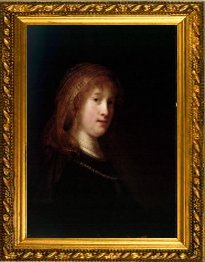
1635
At the end of 1631, Rembrandt moved to Amsterdam, then rapidly expanding as the new business capital of the Netherlands, and began to practice as a professional portraitist for the first time, with great success. He initially stayed with an art dealer, Hendrick van Uylenburg, and in 1634, married Hendrick’s cousin, Saskia van Uylenburg. Saskia came from a good family: her father had been lawyer and burgemeester (mayor) of Leeuwarden. When Saskia, as the youngest daughter, became an orphan, she lived with an older sister in Het Bildt. They were married in the local church of St. Annaparochie without the presence of his relatives. In the same year, Rembrandt became a burgess of Amsterdam and a member of the local guild of painters. He also acquired a number of students, among them Ferdinand Bol and Govert Flinck.
In 1635 Rembrandt and Saskia moved into their own house, renting in fashionable Nieuwe Doelenstraat. In 1639, they moved to a prominent house (now the Rembrandt House Museum) in the Jodenbreestraat in what was becoming the Jewish quarter; the mortgage to finance the 13,000 guilder purchase would be a primary cause for later financial difficulties. He should easily have been able to pay it off with his large income, but it appears his spending always kept pace with his income, and he may have made some unsuccessful investments. It was there that Rembrandt frequently sought his Jewish neighbors to model for his Old Testament scenes. Although they were by now affluent, the couple suffered several personal setbacks; their son Rumbartus died two months after his birth in 1635 and their daughter Cornelia died at just 3 weeks of age in 1638. In 1640, they had a second daughter, also named Cornelia, who died after living barely over a month. Only their fourth child, Titus, who was born in 1641, survived into adulthood. Saskia died in 1642 soon after Titus’s birth, probably from tuberculosis. Rembrandt’s drawings of her on her sick and death bed are among his most moving works.
During Saskia’s illness, Geertje Dircx was hired as Titus’ caretaker and nurse and probably also became Rembrandt’s lover. She would later charge Rembrandt with breach of promise and was awarded alimony of 200 guilders a year. Rembrandt worked to have her committed for twelve years to an asylum or poorhouse (called a “bridewell”) at Gouda, after learning Geertje had pawned jewelry that had once belonged to Saskia, and which Rembrandt had given her.
In the late 1640s Rembrandt began a relationship with the much younger Hendrickje Stoffels, who had initially been his maid. In 1654 they had a daughter, Cornelia, bringing Hendrickje a summons from the Reformed church to answer the charge “that she had committed the acts of a whore with Rembrandt the painter.” She admitted this and was banned from receiving communion. Rembrandt was not summoned to appear for the Church council because he was not a member of the Reformed church. The two were considered legally wed under common law, but Rembrandt had not married Henrickje, so as not to lose access to a trust set up for Titus in his mother’s will.
Rembrandt lived beyond his means, buying art (including bidding up his own work), prints (often used in his paintings) and rarities, which probably caused a court arrangement to avoid his bankruptcy in 1656, by selling most of his paintings and large collection of antiquities. The sale list survives and gives us a good insight into his collections, which apart from Old Master paintings and drawings included busts of the Roman Emperors, suits of Japanese armour among many objects from Asia, and collections of natural history and minerals; the prices realized in the sales in 1657 and 1658 were disappointing. He also had to sell his house and his printing-press and move to more modest accommodation on the Rozengracht in 1660. The authorities and his creditors were generally accommodating to him, except for the Amsterdam painters’ guild, who introduced a new rule that no one in Rembrandt’s circumstances could trade as a painter. To get round this, Hendrickje and Titus set up a business as art-dealers in 1660, with Rembrandt as an employee.
In 1661 he (or rather the new business) was contracted to complete work for the newly built city hall, but only after Govert Flinck, the artist previously commissioned, died without beginning to paint. The resulting work, The Conspiracy of Claudius Civilis, was rejected and returned to the painter; the surviving fragment is only a fraction of the whole work. It was around this time that Rembrandt took on his last apprentice, Aert de Gelder. In 1662 he was still fulfilling major commissions for portraits and other works. When Cosimo III de’ Medici, Grand Duke of Tuscany visited Amsterdam in 1667, he visited Rembrandt at his house.
Rembrandt outlived both Hendrickje, who died in 1663, and Titus, who died in 1668, leaving a baby daughter. Rembrandt died within a year of his son, on October 4, 1669 in Amsterdam, and was buried in an unmarked grave in the Westerkerk.
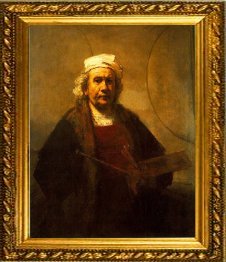
1661
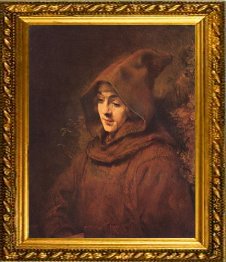
1660
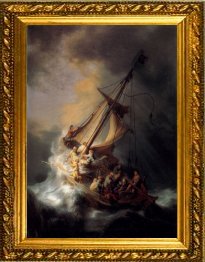
1633
Missing after robbery in 1990
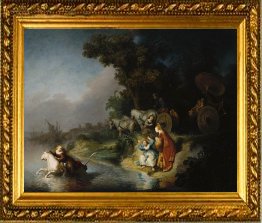
1632
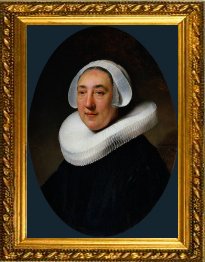
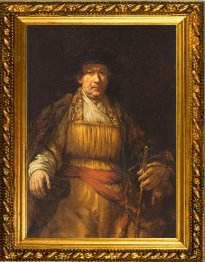
1658
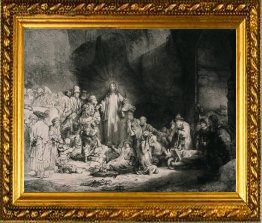
1647-1649
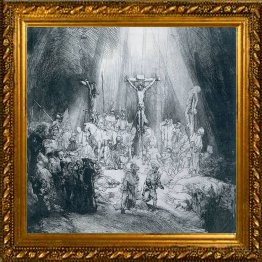
1653

1641
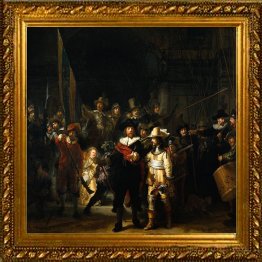
1642
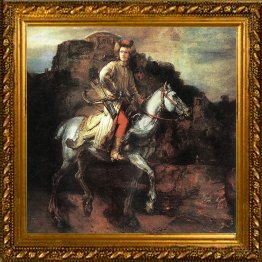
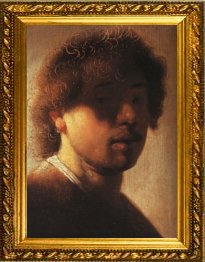
1628
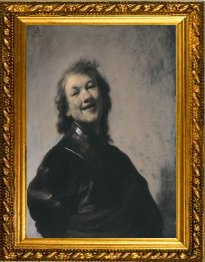
1628
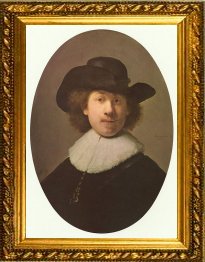
1632

1634
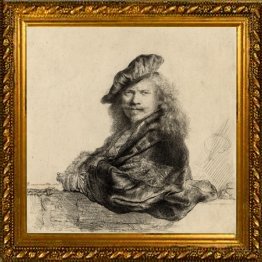
1639
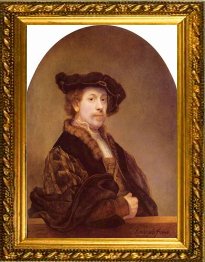
1640
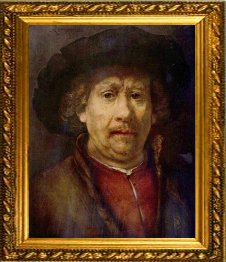
1655
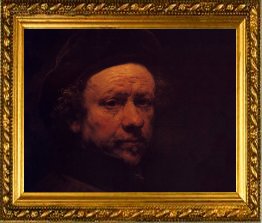
1659?

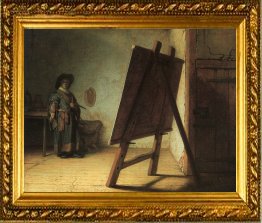
1629
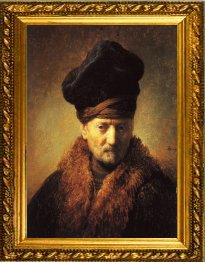
1630
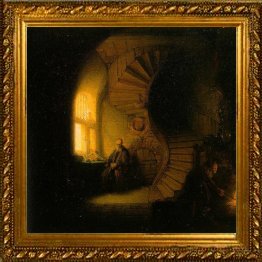
1632
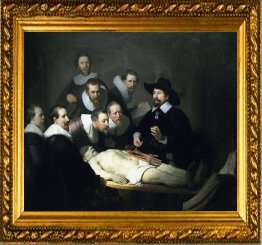
1632
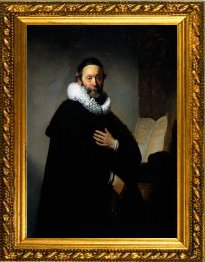
1633
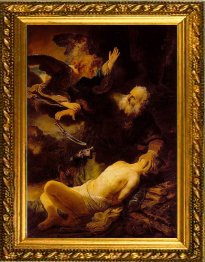
1634
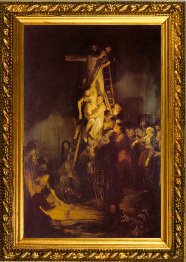
1634

1634
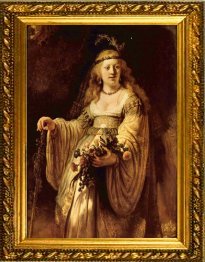
1635
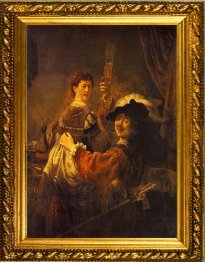
1635
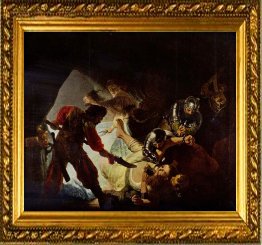
1636
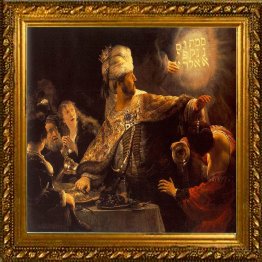
1636-8
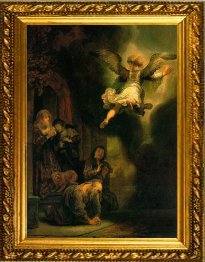
1637
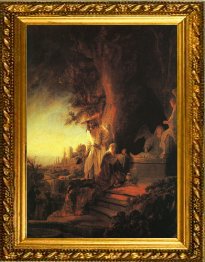
1638
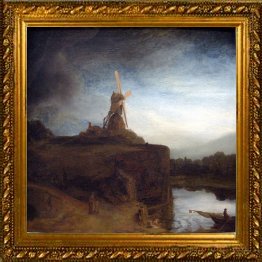
1648
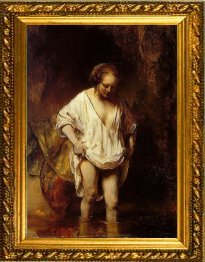
1654
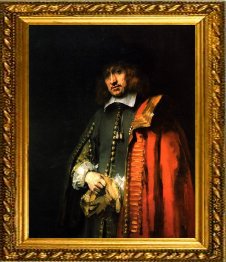
1654
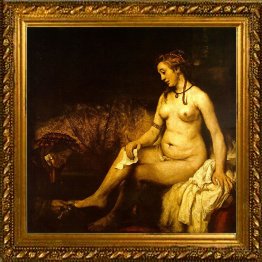
1654
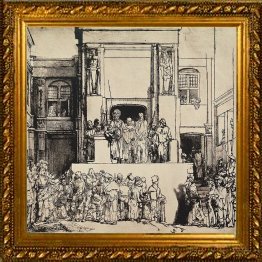
1655
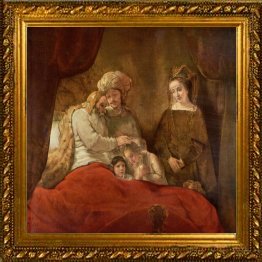
1656
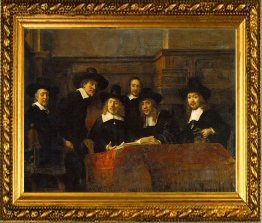
1662
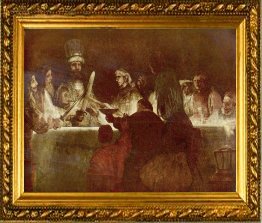
1661-62
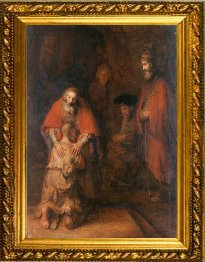
1669
